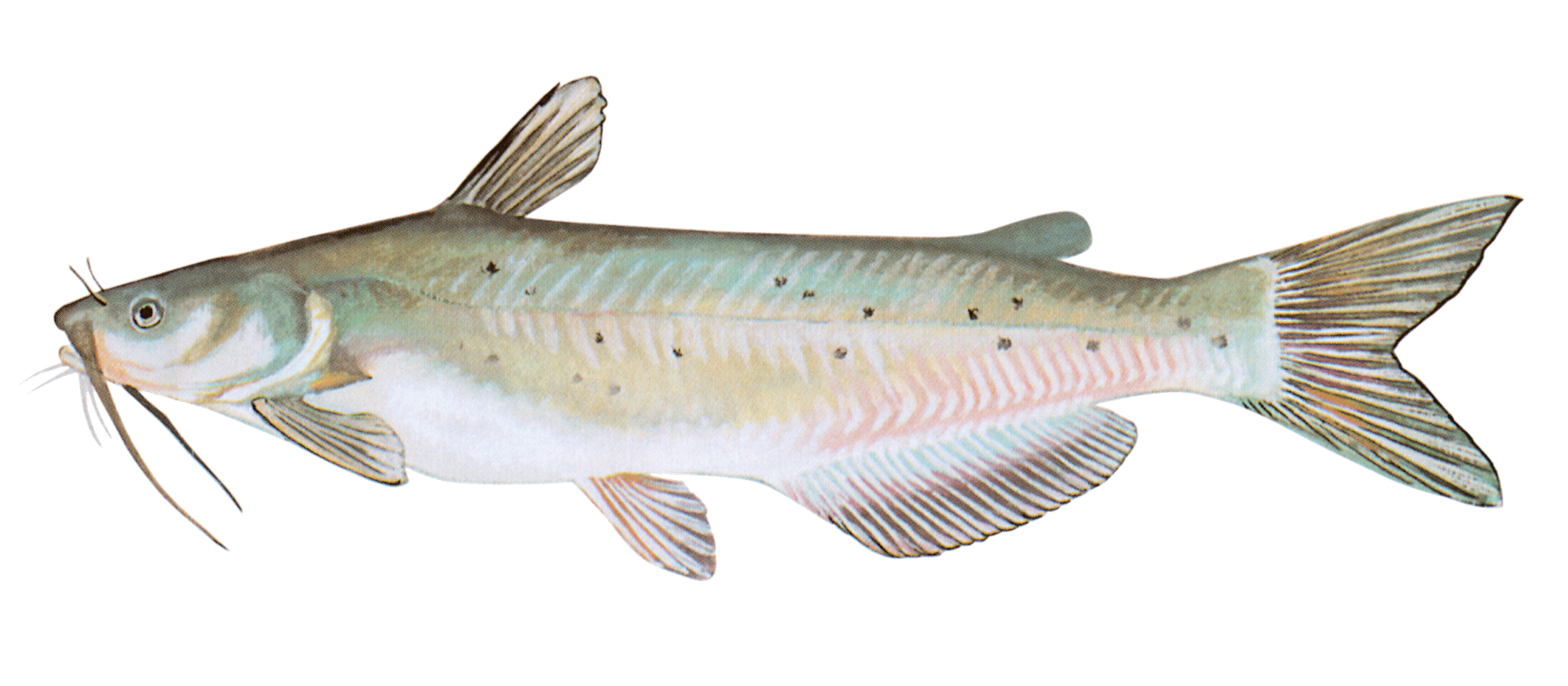

This fork-tailed catfish earned its moniker from its slate blue back. Ranging from sizes of several ounces to well over 100 pounds, Louisiana catfish are spread throughout lakes, streams, ponds, rivers, bayous, marshes, and coastal flats.Įach species has distinct features, feeding habits, and environment preferences, making it easy for anglers who know where to look to tell the difference. Set rigs are easier for drum to locate in fast or murky water, but drift rigs cover more water in moderate current.There are three major species of catfish that are of high interest to anglers in Louisiana.

Dig crankbaits down to the bottom, then adjust your retrieve speed to maintain contact. Slowly raise your rod to 45 degrees so the lure almost drags across the bottom, then move your rod tip back down as you retrieve slack line. Reel in slack line as you raise your rod tip to a 30-degree angle. In lakes, they prefer shallow flats with little weedgrowth.Ĭast bladebaits upstream of your target to allow it to reach bottom. In rivers, drum prefer a hard bottom with moderate current-the edge of flats and the base of riprap shorelines are ideal locations. So while drum prefer clear water, they're obviously equipped to thrive in adverse conditions. The long lateral line, which extends from the gill to the tip of the tail, also increases the fish's ability to locate and attack prey where vision is limited. Large earbones enhance hearing and allow for orienting in dark or turbid water. The drum's widespread distribution is due in part to its sophisticated sensory system.


 0 kommentar(er)
0 kommentar(er)
